8 Stunning diamond-alternative gems for your engagement ring
Sparkling treasures
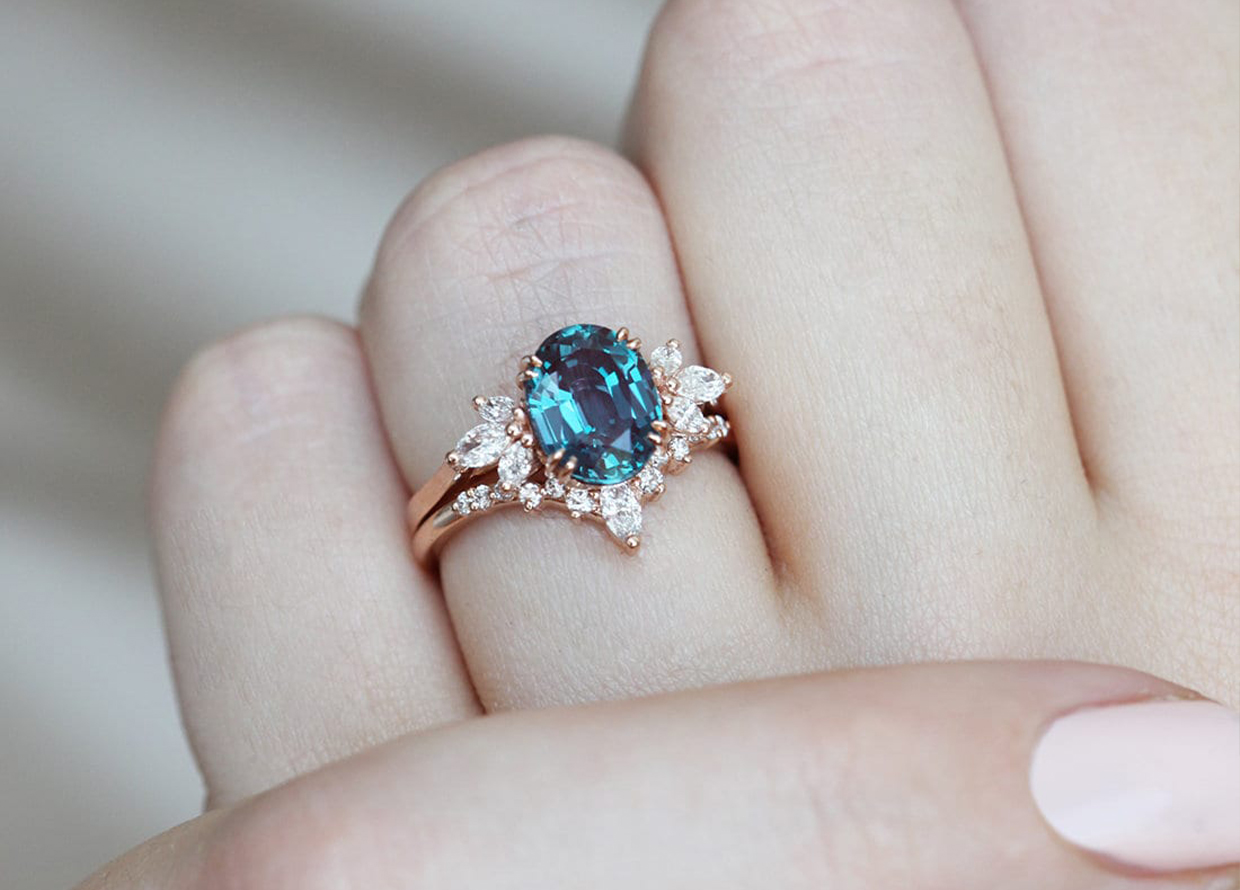
Diamonds have fallen out of favour as of late. Sure, they’re durable, sparkly, and timeless, but so are countless other precious gemstones that are just as exquisite, if not more—so why limit yourself to one option? Especially if you’re planning on popping the big question, there are certainly no rules that say you must have diamonds as the centrepiece of your engagement ring, despite it being the most popular choice. Plus, they’re not as rare as you might think. And because true love is rare to come by, you and your dearest deserve an equally rare and special gem to mark the beginning of a new chapter in your relationship. If you’ve been hunting for a unique gem for your engagement ring, good news! You’ve come to the right place. But first and foremost, let’s get into the Mohs Hardness Scale.
What is the Mohs Hardness Scale?
The Mohs Hardness Scale is used to determine the durability of minerals. If you intend to wear your jewellery on a frequent or daily basis and possibly pass it down to your children someday, durability is an important factor to consider. With a scale of one to ten, the higher the gem is on the scale, the more resistant it is to scratches and abrasions. For example, talc is known to be the softest mineral in the gem world, placing it at one on the scale, which is softer than our fingernails that ranks at two-point-five. Diamonds are the hardest mineral in the world, ranking at ten. Gems that sit at seven or above on the scale are considered most suitable for rings, with eight or above being ideal for engagement rings. Although the scale is a convenient tool to determine the general hardness of a gem, be sure to ask your jeweller for more details and steps to take for proper maintenance so you can admire its beauty for a lifetime.
Now that’s over with, let’s get into these dazzling gems!
Sapphire
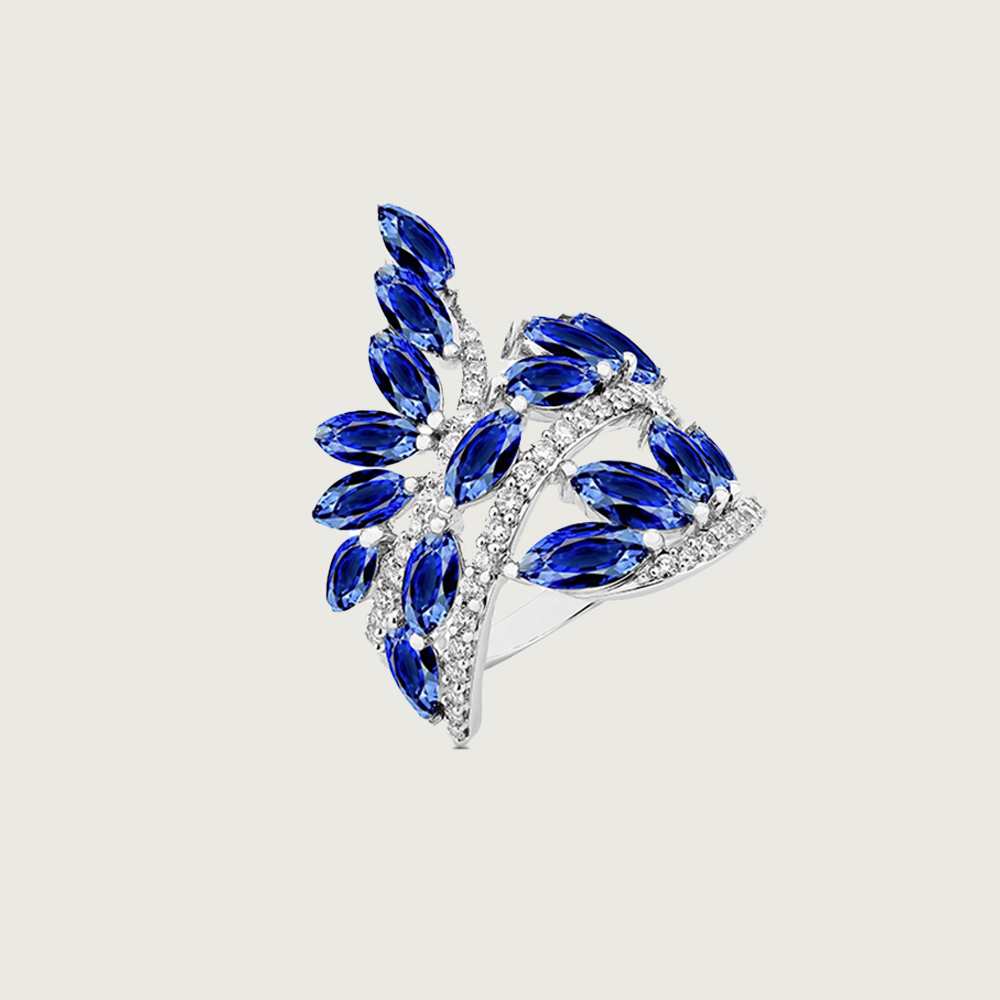
Sapphires are typically associated with a rich, midnight blue hue, but they also come in various different colours, such as peach, pink, purple, green, and white. Ranking at nine on the Mohs scale, sapphires are a popular alternative to diamond engagement rings. For centuries, the gemstone has been adored by royalties across the globe for its many protective and healing properties.
Shop here
Ruby
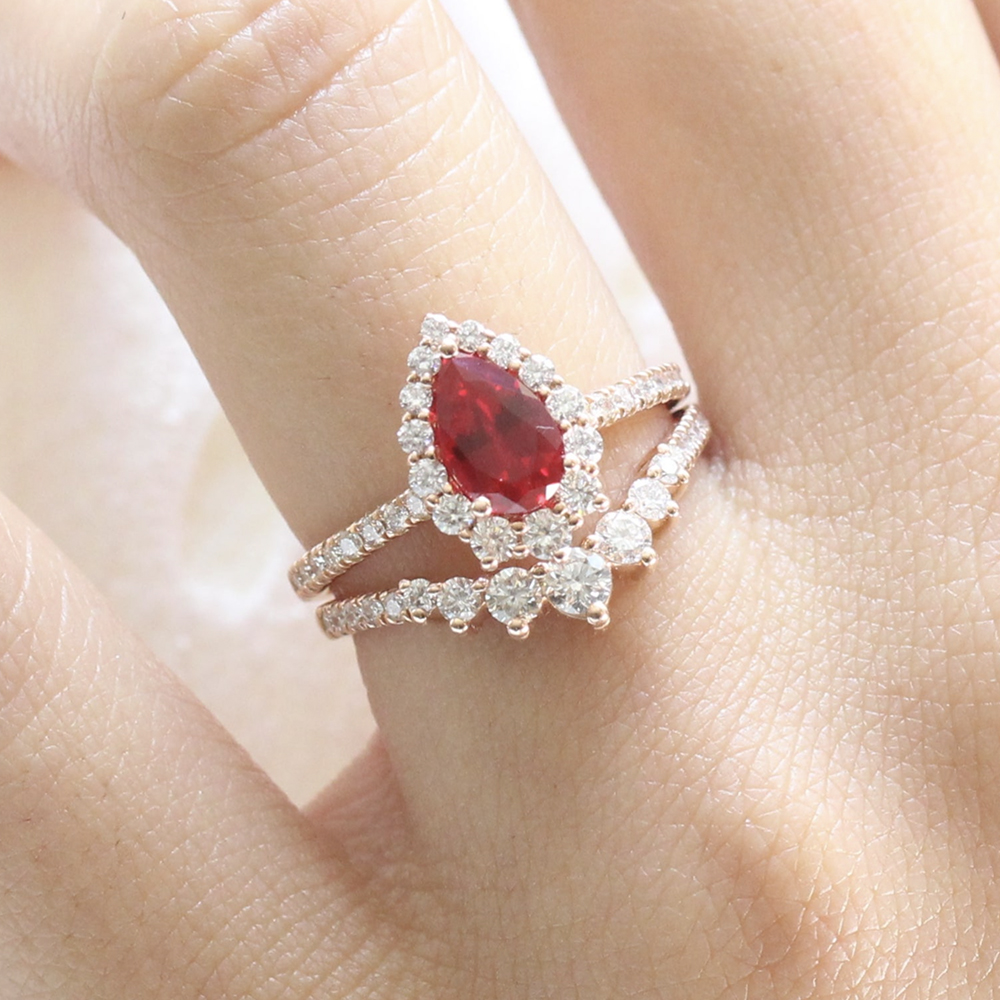
Rubies are considered one of the four original gemstones, alongside diamonds, sapphires, and emeralds. The entrancing blood-red stone has been known to symbolise passionate love and commitment, and it’s believed to protect its wearer from misfortune and illness. Rubies rank at nine on the scale, making them suitable for everyday wear.
Shop here
Tourmaline
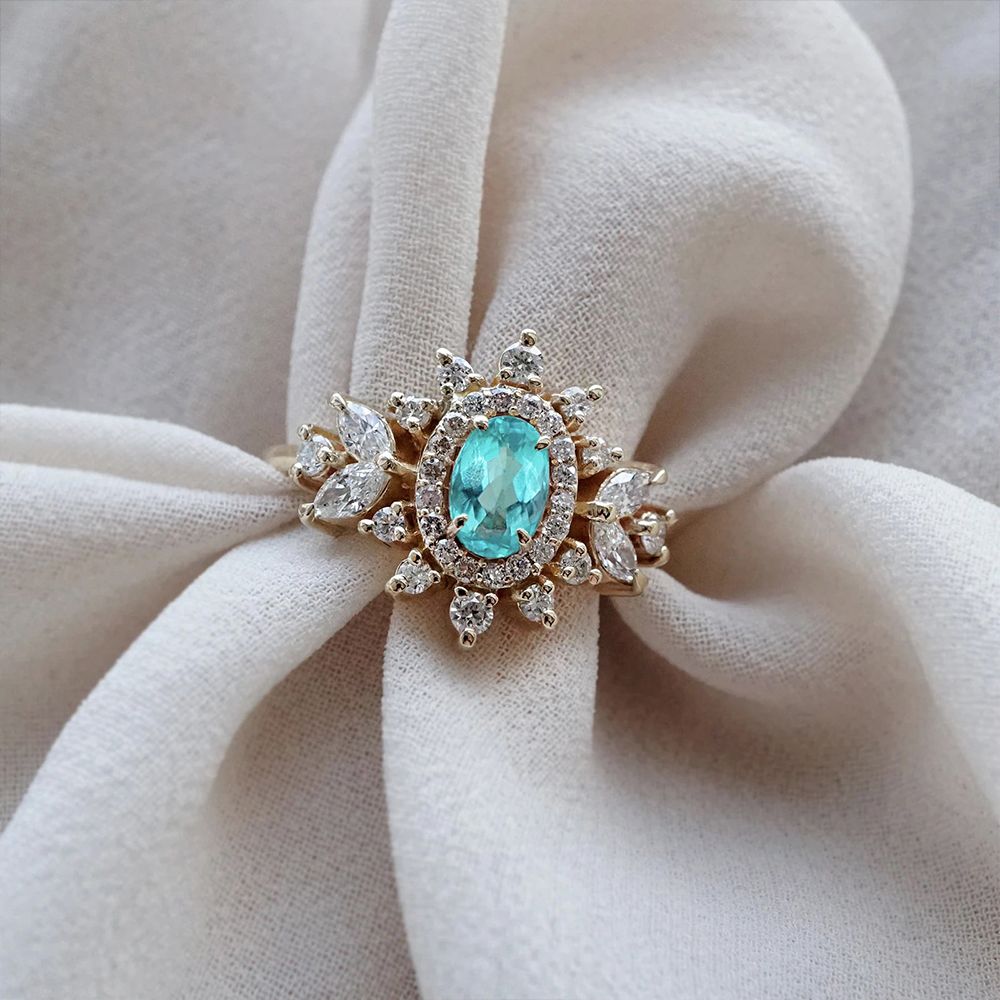
From lush green to maroon red or even both, tourmaline is a fascinating gemstone that comes in more colours—as well as colour combinations—than any other mineral group. Its rise in popularity has made it readily available in many jewellery stores, although some colours are rarer than others to find, such as the Paraiba variety, which is a neon-like blue or green. Tourmaline sits at seven to seven-point-five on the scale.
Shop here
Siberian Amethyst
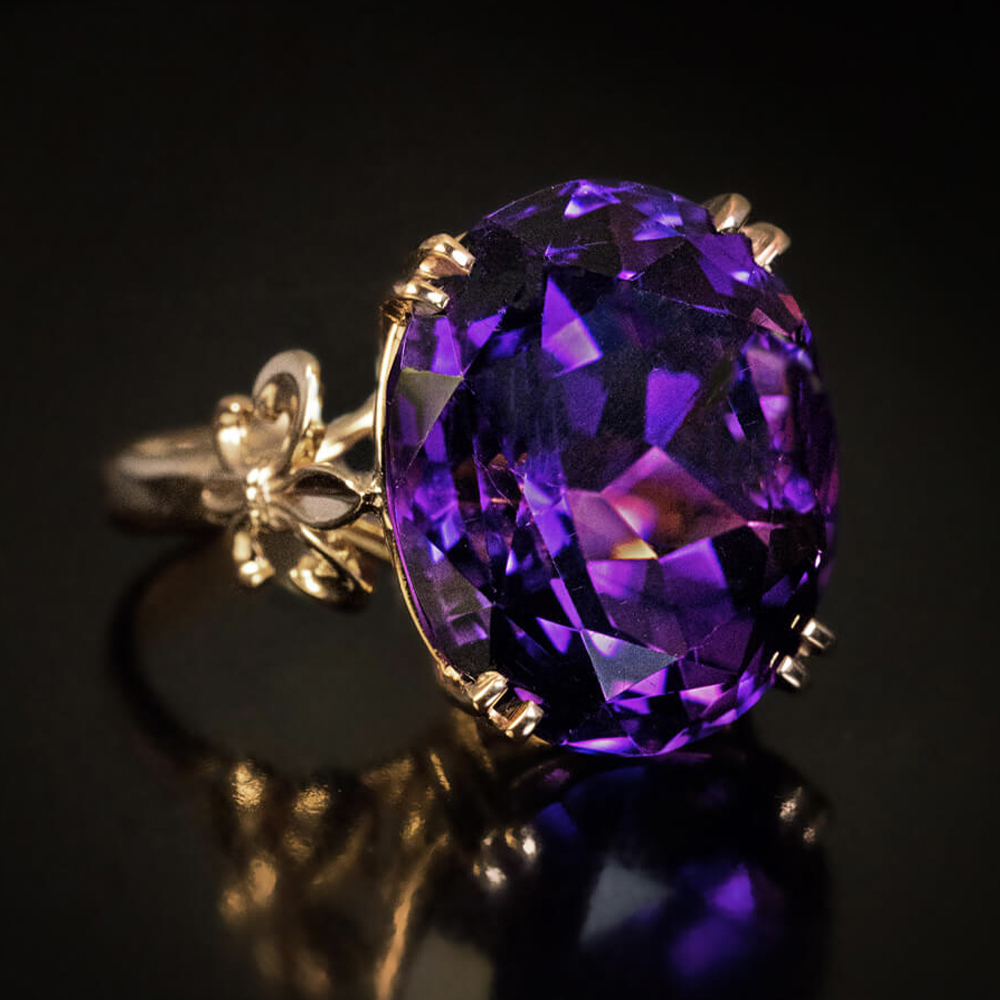
First discovered as early as 2000 BC, amethysts have been a treasured gem for centuries. From ancient Egypt to the British crown jewels, the majestic violet-purple stone can be found on royal artifacts all over the world. While amethysts have become a fairly common gem that you can fetch at a small price, Siberian amethysts can be exceptionally hard to find and are extremely valuable. Its purple hue is intense, making it the highest grade of amethysts. At seven on the scale, amethysts generally boast excellent clarity and are able to be cut into a wide variety of shapes.
Moissanite
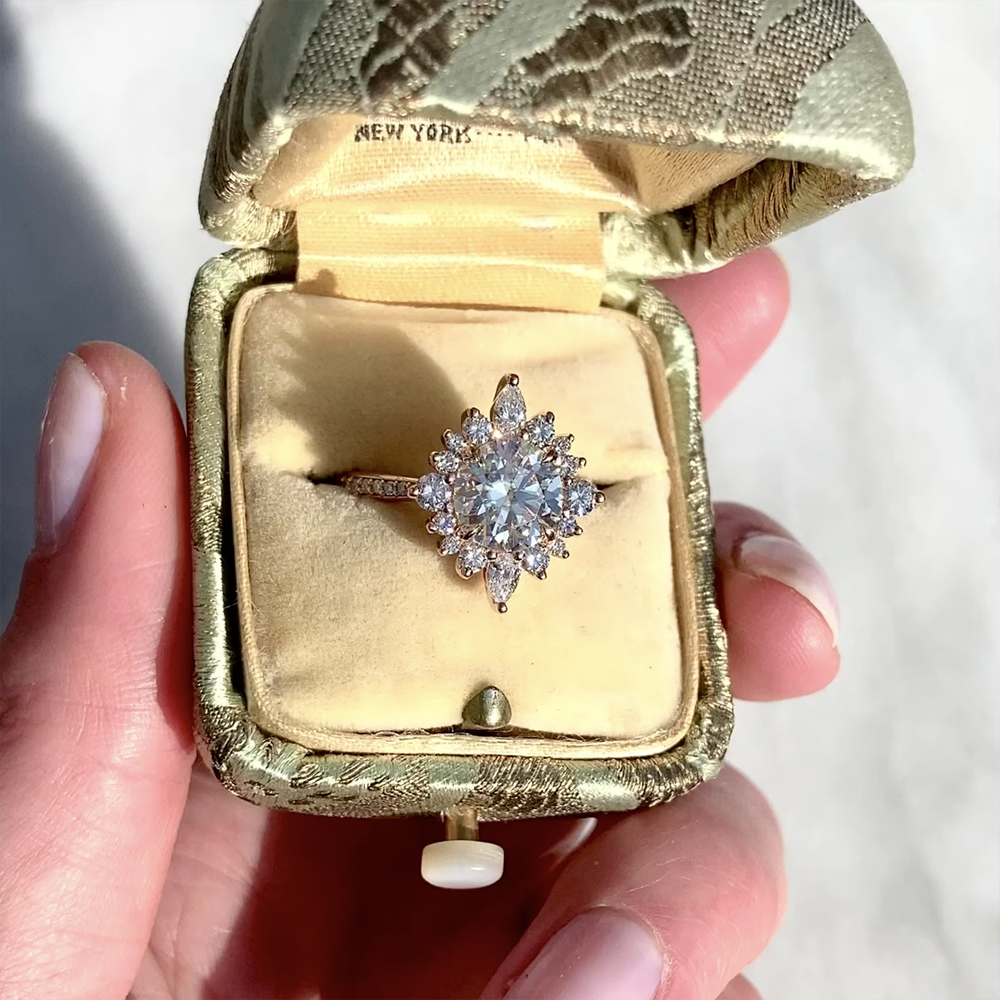
Perhaps the most popular alternative to diamond engagement rings, moissanites are the second hardest mineral in the world, with a nine-point-five rank on the scale, just behind diamonds. These dazzling white stones are often mistaken for diamonds as they’re nearly identical in terms of appearance, but moissanites are lab-grown with minimal environmental impact. They may not be as rare, but they boast a blinding disco ball-like sparkle that surpasses even the rarest of diamonds.
Shop here
Morganite
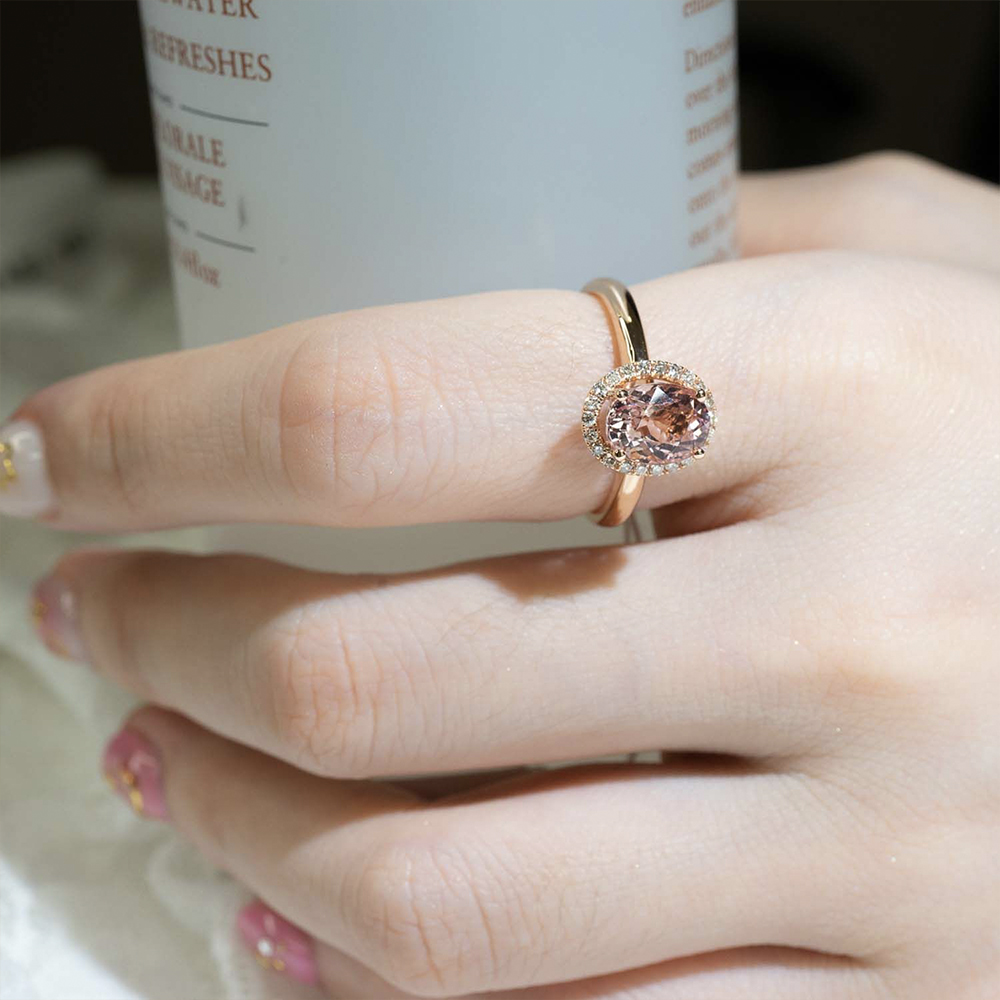
Originally named ‘rose beryl’, these dreamy blush-hued gems have been adored by brides for many years now. Morganites are often associated with innocence, sweetness, romance and love, making them one of the most popular gemstones for engagement rings. It is believed that its breathtaking pink hue radiates a soothing energy that will bring emotional healing and compassion to its wearer, as well as open your heart to new possibilities and help you overcome your hardest situations. Ranked at seven-point-five to eight on the Mohs scale, morganites boast a vitreous lustre that complements any design with a youthful flair.
Shop here
Taaffeite
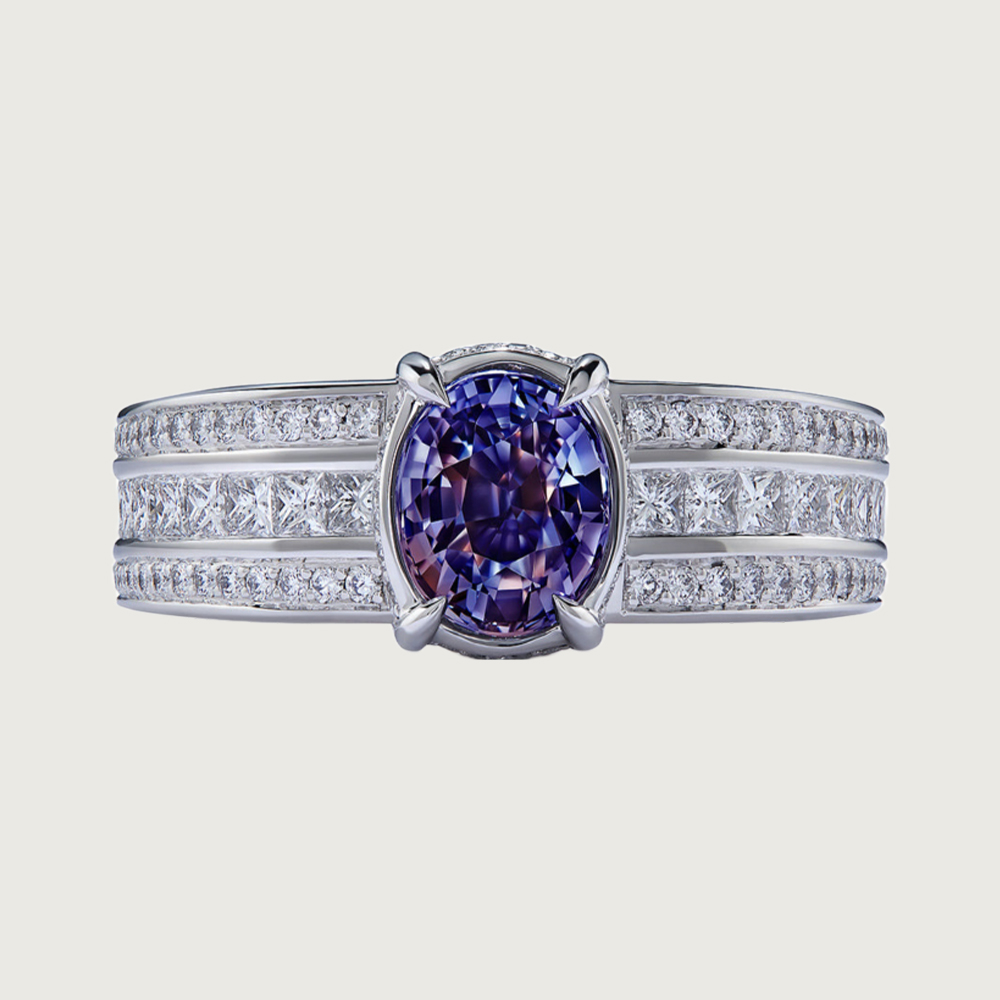
Taaffeite, the rarest gem on this list, is considered over a million times rarer than diamonds. In fact, most people have never heard of this exquisite stone due to how rare it is. This magnificent gemstone was initially mistaken for spinel for its resemblance in colour, and it was only because of its unique double refractive property that Count Taaffe of Dublin, who discovered the stone in 1946, realised that he stumbled upon something special. Found only in Sri Lanka and Tanzania, taaffeite sits at eight to eight-point-five on the scale. In terms of colour, most are pale-coloured in various shades of pink and purple, and they may even come in unusual hues like green or brown. Red taaffeite is by far the rarest colour variation, with only about twelve that are known to exist.
Shop here
Alexandrite
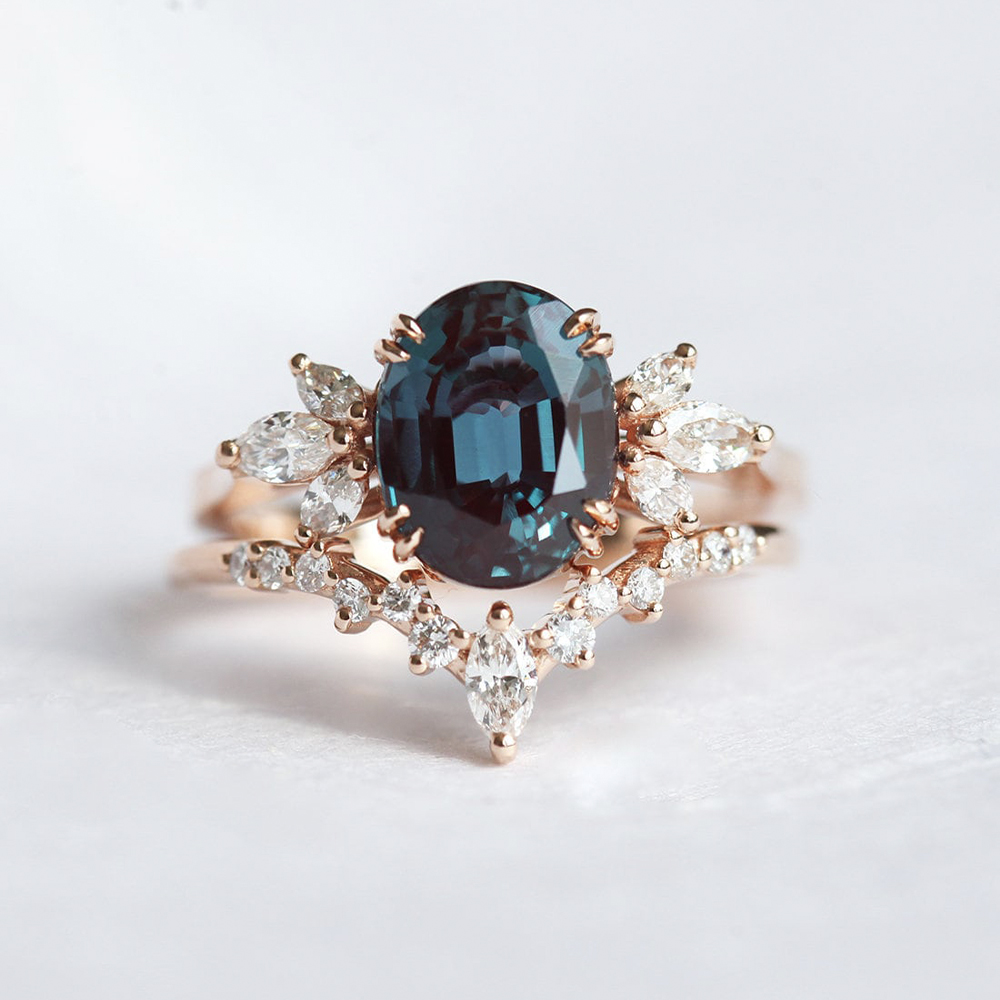
Natural alexandrite is extremely rare to find as it only forms under very specific and complicated geological conditions. Hence, it’s very unlikely that most (if not all) alexandrite gems you encounter are naturally grown. Whilst lab-grown alexandrites will never come close to the value per carat of natural alexandrite, it is still one of the rarest and most valuable synthetic gems of any kind. They’re grown in-lab from the same chemical ingredients and under the same conditions as natural gems, only at an accelerated rate—so technically, they’re real alexandrites despite being referred to as synthetic. These prized gems are loved for their colour-changing properties when exposed to light, with the most sought-after transformation being green in daylight to red in incandescent light. Lab-grown alexandrites have the same properties too, although they are more durable at eight-point-five on the Mohs scale. Because they are grown under controlled environments, synthetic alexandrites are also more consistent in quality and colour.
Shop here
For more articles on jewellery, click here.
| SHARE THE STORY | |
| Explore More |



